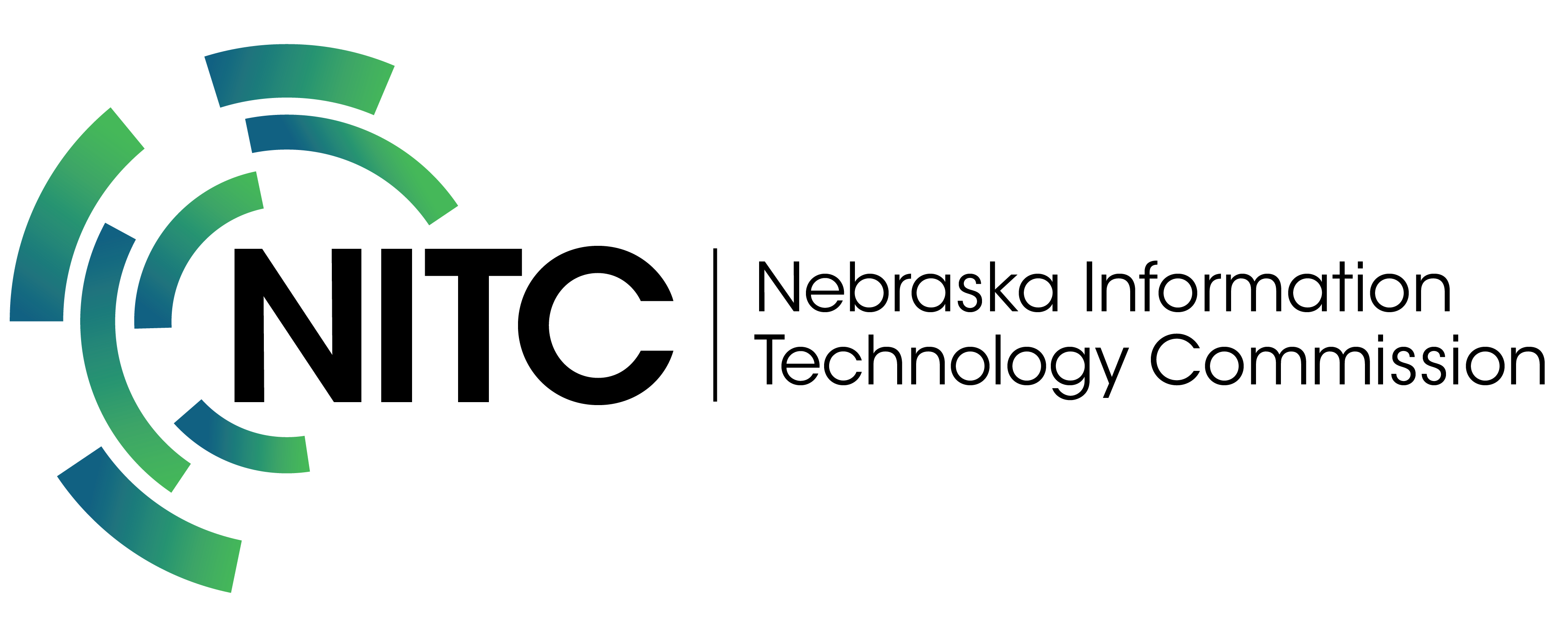Seward County Attracts Investments in Broadband Infrastructure
By Anne Byers, Nebraska Information Technology Commission
Seward County is leveraging public-private partnerships to attract investments in broadband infrastructure.
Jonathan Jank, President & CEO of the Seward County Chamber & Development Partnership, recognizes the importance of fiber to a community and has led the county’s efforts to improve broadband infrastructure.
“As an economic development professional, I see fiber optic service as the fifth utility: sewer, water, electric, natural gas and fiber,” said Jank. “It is a critical piece of the economic development puzzle. All of my economic development recruitment projects demand fiber at this point. I can’t remember my last proposal that hasn’t included that expectation of our community and of our county. We were fortunate to land a new ag manufacturing company pretty recently in Seward. And they chose Seward because they had building availability, access to good labor, and because we had fiber optic connectivity. We were competing against multiple other communities, and we won because of those things.”
Because of Seward’s proximity to Lincoln, many Seward residents expect to have the same amenities available in Lincoln, including fiber internet access.
“So we chose to incentivize a fiber optic service provider, Great Plains Communications, to build in our historic downtown business district, and we did that through utilizing our LB 840 funds,” said Jank.
The Local Option Municipal Economic Development Act established by LB 840 in 1991 authorizes incorporated cities and villages to collect and appropriate local tax dollars—including sales and/or property tax for economic development purposes. In order to utilize LB 840 funds, a community must develop a local economic development plan and have it approved by voters. The approved plan becomes the basis for the collection and expenditures of LB 840 funds for economic development. Over 60 Nebraska communities are currently eligible to offer loans, grants, and other activities through LB 840.
“And actually if you look into state statutes, LB 840 was created so that a portion of that can be used for infrastructure investment,” said Jank. “For those that have that available in your community as an economic development tool, I encourage you to check that out.”
Seeing the success in Seward, the county expanded its efforts to improve broadband infrastructure to Milford, Seward County’s second largest community. The county ran a similar game plan in Milford, utilizing LB 840 funds to incentivize fiber to the business district. The county also used some philanthropy funds to build fiber to the home in Milford as well.
“What is exciting about the investment that was made through LB 840 in Seward, in particular, is that investment tends to attract more investment. And investments along with fiber to the business district actually led to fiber to the home. We had Bluestem Fiber choose to come into Seward as one of their pilot communities to build fiber to the home. And really the only complaint we’ve heard is when are you going to get to my home. They can’t build fast enough. We are fortunate to have that level of investment in both Seward and Milford. And really our long-term goal is to be potentially the first fiber to the home county in the state.”
Building community support was also important to Seward County’s success. Through talking to business owners during business retention and expansion visits, internet connectivity was identified as an issue—especially in downtown Milford. Members of the LB 840 committee, which included the superintendent of the schools in Milford, also identified the need for better internet access for telecommuters and for students needing internet access to complete homework.
“So we were able to articulate all those things, and say we have frustrations in the business community,” said Jank. “We educated our city council members about the importance of it, so everyone had a unified message that we were able to give as we sent out an RFP to see who wants to build in Milford.”
As more residents of towns and cities in southeast Nebraska get fiber access, residents of rural parts of Nebraska are sometimes frustrated that they don’t have fiber.
“I think that just price points can be a challenge for people that don’t understand what fiber can do for their company, or for their home, or for their family,” said Jank. “It’s been important to us to help get that education out in the community as to how they could utilize it further to benefit their bottom line or benefit their family.”
Jank is also working with Bluestem Fiber and other providers to explore ways to better connect those in rural areas of the county.
When Bluestem came to the Seward County Fair and talked to people there, they discovered that the majority of the people interested in fiber connectivity were in rural areas.
“That’s critical,” said Jank. “It can’t just be to population centers, you have to think broader scale because many of those people are our farmers and our agricultural producers that need that level of connectivity. If we are not able to help serve them, then we aren’t doing our job.”
Jank gave this advice to communities that want to improve their internet service: “If you are not engaging your chamber of commerce and your economic development organizations in these broadband conversations, you should be. This is critical to the economic vitality of our state and so I would just make that general encouragement to talk with those professionals in and around your community.”
To learn more about how communities can work with telecommunications providers, check out the Broadband 102 video from the Nebraska Broadband Today conference. The session is moderated by Cullen Robbins, Nebraska Public Service Commission and features three panelists: Tom Shoemaker, Pinpoint Holdings, Brad Moline, Allo Communications, and Jonathan Jank, Seward County Chamber & Development Partnership.

